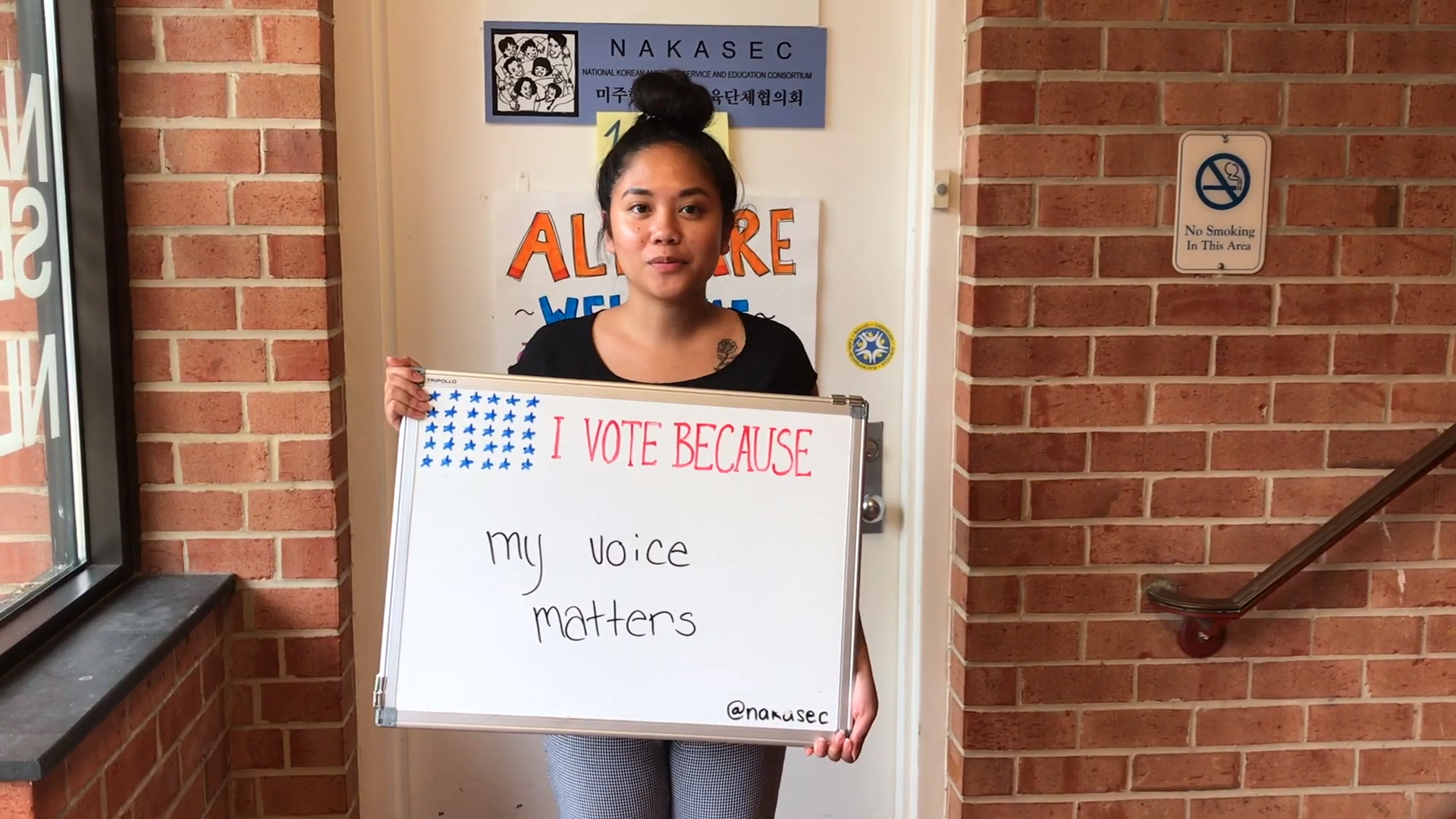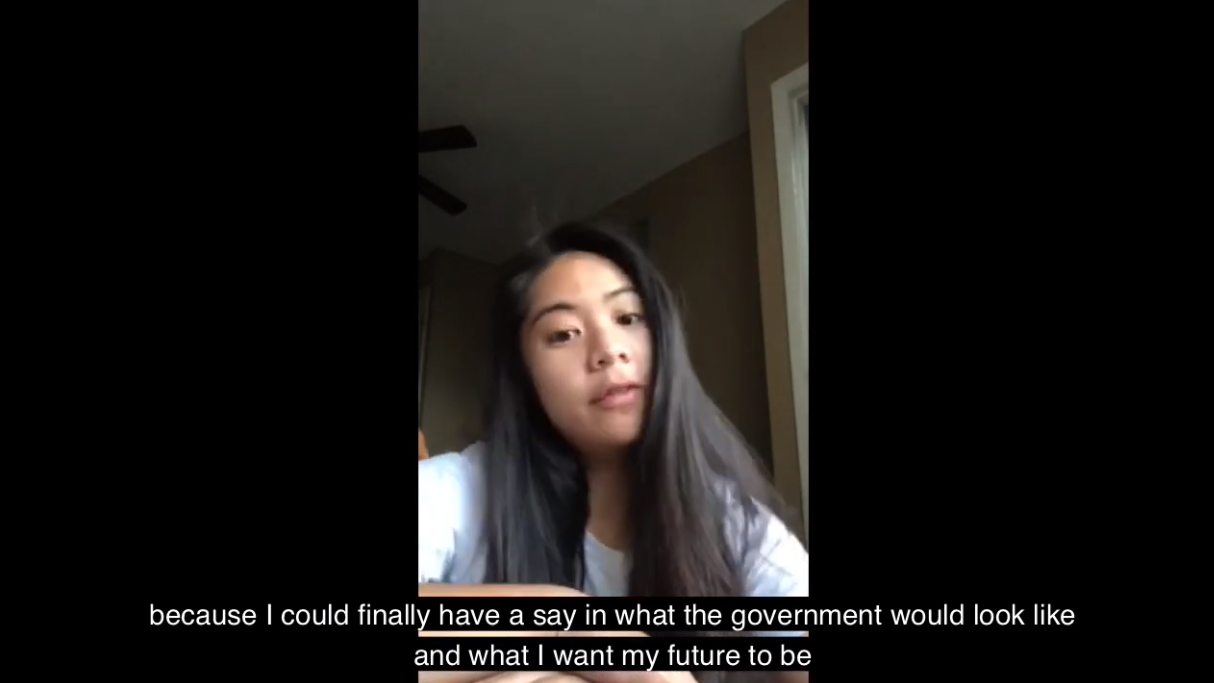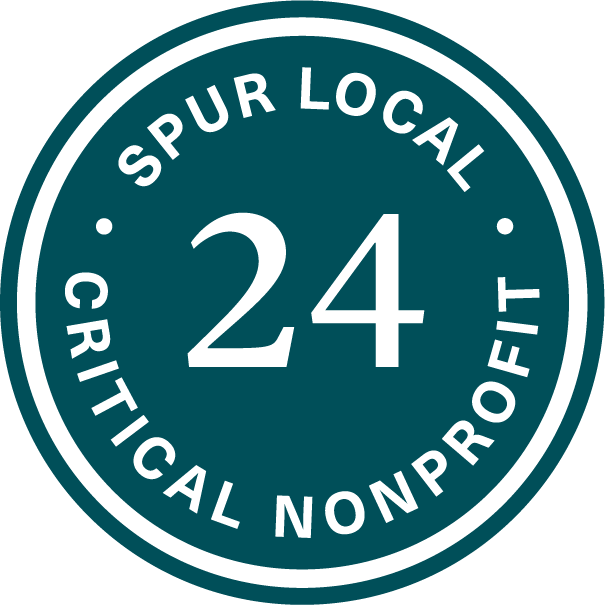This year in Virginia, the State House of Delegates, State Senate, as well as many local offices such as Board of Supervisors and School Boards, are up for election.
DID YOU KNOW that in 2017, a Virginia House seat was decided by pulling a name out of a hat because the election was tied? In state and local elections, the winner can come down to just one vote!
Asian Americans are an important voting bloc whose turnout has skyrocketed in recent elections, and we must continue to make our voices heard. Your vote is an expression of what’s most important to you – from policies to government spending and everything in between. You’re voting for the leaders who will fight for what you and your communities care about.
Redistricting in 2021 means that there are now new electoral boundaries. Find your new polling locations, district numbers, and learn more about the positions up for election. Make a plan to vote using our checklist below!




